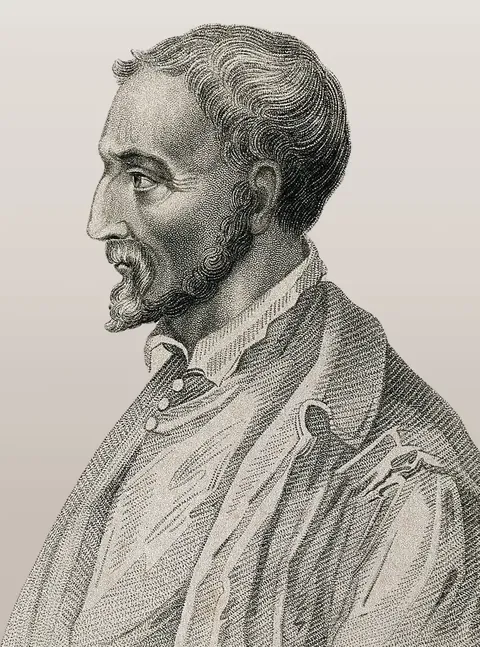Early Modern Mathematics: Probability and Mean Value Theory
Foundational Developments in Mean Theory
While Islamic mathematicians had perfected computational methods for means, Early Modern scholars faced a new challenge: how to handle uncertain and variable data. This led to the revolutionary idea of connecting means to probability theory.
The Early Modern period marked the first systematic connection between means and probability theory. This era established the concept of expected value (expectatio) as a theoretical foundation for analyzing uncertain outcomes, transforming means from deterministic calculations into tools for understanding randomness and variation.
Mathematical Innovations:
Expected Value (E):
E(X) = Σ(x₁p₁ + x₂p₂ + ... + xₙpₙ)
Where xᵢ are possible outcomes and pᵢ their probabilities. This connected means to probability, allowing analysis of uncertain outcomes
Law of Large Numbers (First Version):
lim(n→∞) P(|X̄ₙ - μ| < ε) = 1
Where X̄ₙ is the sample mean and μ is the true mean. Proved that means of random samples converge to true values

Computational Advances
Fibonacci's introduction of Hindu-Arabic numerals revolutionized calculation methods:
Traditional Roman Method:
CLII + CXLVIII ÷ II = CL
(152 + 148) ÷ 2 = 150
Hindu-Arabic Method:
152 + 148 = 300
300 ÷ 2 = 150
Significantly simpler calculation process
Key Contributors and Their Mathematical Advances
In "Liber Abaci" (1202), introduced decimal position system and efficient algorithms for mean calculations, including methods for weighted means in commercial mathematics:
Weighted Mean = (w₁x₁ + w₂x₂ + ... + wₙxₙ) ÷ (w₁ + w₂ + ... + wₙ)
Developed first systematic treatment of probability in "Liber de Ludo Aleae," introducing concept of expected value:
For a fair game: Σ(outcomes × probabilities) = 0
Invented logarithms, revolutionizing multiplication and mean calculations through additive methods:
This breakthrough simplified geometric mean calculations by converting multiplication to addition, enabling faster and more accurate computations of complex means.
Established the fundamental Law of Large Numbers, connecting probability with arithmetic means:
This law proved that arithmetic means of random variables converge to their expected values, providing the first rigorous foundation for statistical sampling and estimation theory.
Connected arithmetic mean to probability distributions through normal approximation to binomial distribution:
μ = np, σ = √(np(1-p))
Revolutionized analysis through work on infinite series and means:
This convergence principle became fundamental for understanding arithmetic means of infinite sequences, while his work on geometric progressions enhanced the theoretical framework for geometric means.
Practical Applications
Calculation of fair betting odds using expected value:
Fair Bet = Winnings × Probability of Winning
Development of annuity calculations using means:
Present Value = Payment × (1 - (1+r)⁻ⁿ) ÷ r
First systematic use of arithmetic means in experimental data analysis:
Measurement = (Σ observations) ÷ n
Historical Significance
The Early Modern period established the crucial connection between means and probability theory, fundamentally changing how mathematicians understood and applied averages. This era's innovations transformed means from simple computational tools into sophisticated instruments for analyzing uncertainty and variation.
The theoretical frameworks developed during this period, particularly the relationship between means and expected values, laid the groundwork for modern statistical theory. These developments made means essential tools in scientific measurement, financial analysis, and risk assessment, leading directly to modern statistical methods.